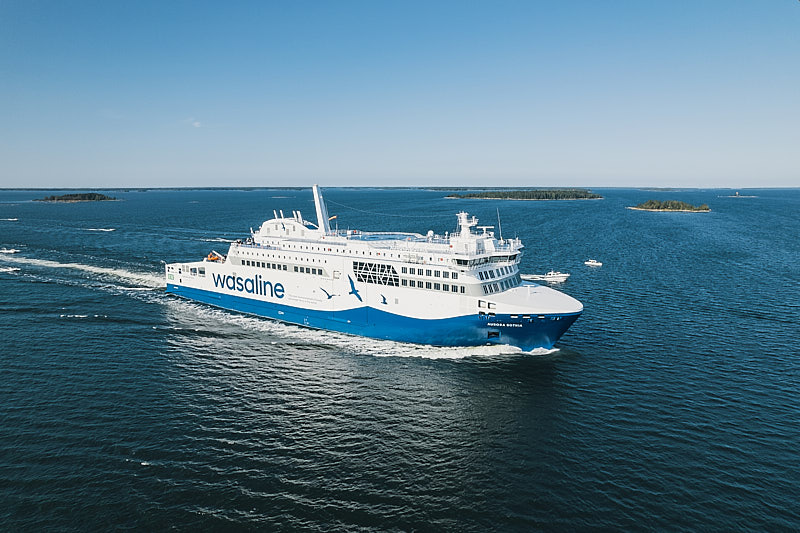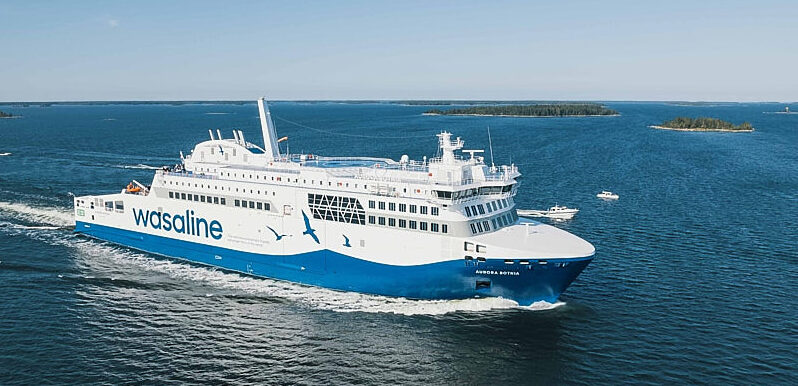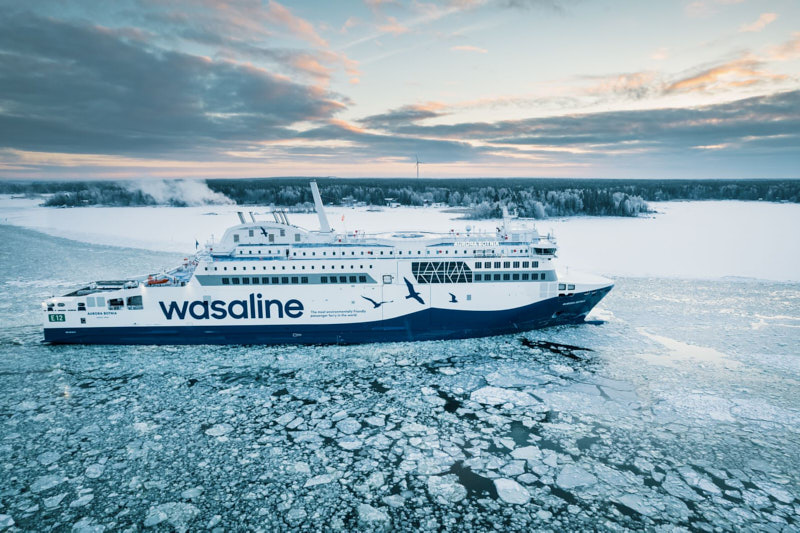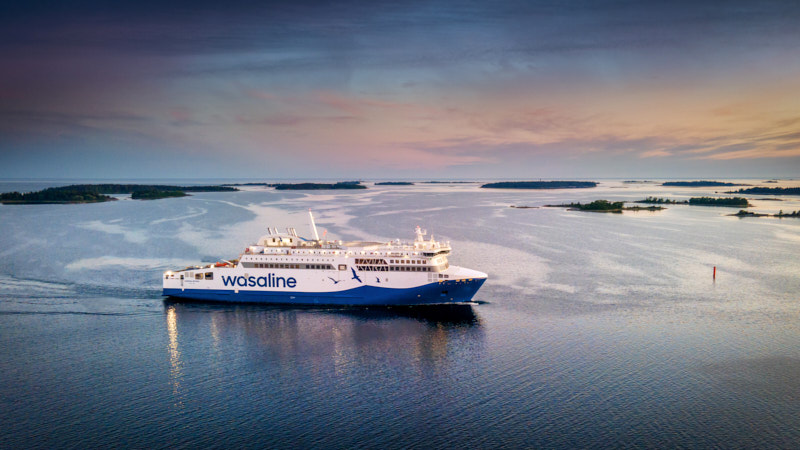Wasaline continues to show record figures in traffic between Vaasa (Finland) and Umeå (Sweden).
Up: passenger and vehicle volumes.
Down: freight volumes, due to the economic downturn.
+7% passengers (67,029) in July 2023
+12.5% passengers in H1, 2023
+16.4% cars (17,625) in July 2023
+28.2% buses (50) in July 2023
-14.4% cargo lane metres (26,188) in July 2023
“We are very satisfied with the summer so far, and the booking status for August looks promising as well,” says Peter Ståhlberg, Managing Director of Wasaline.












